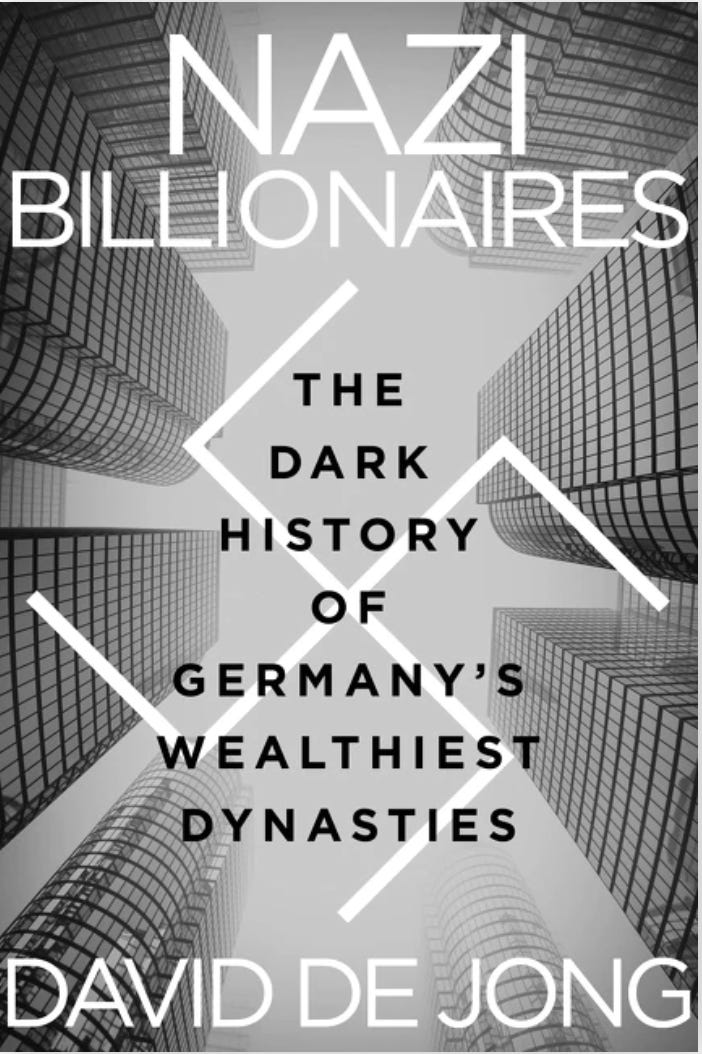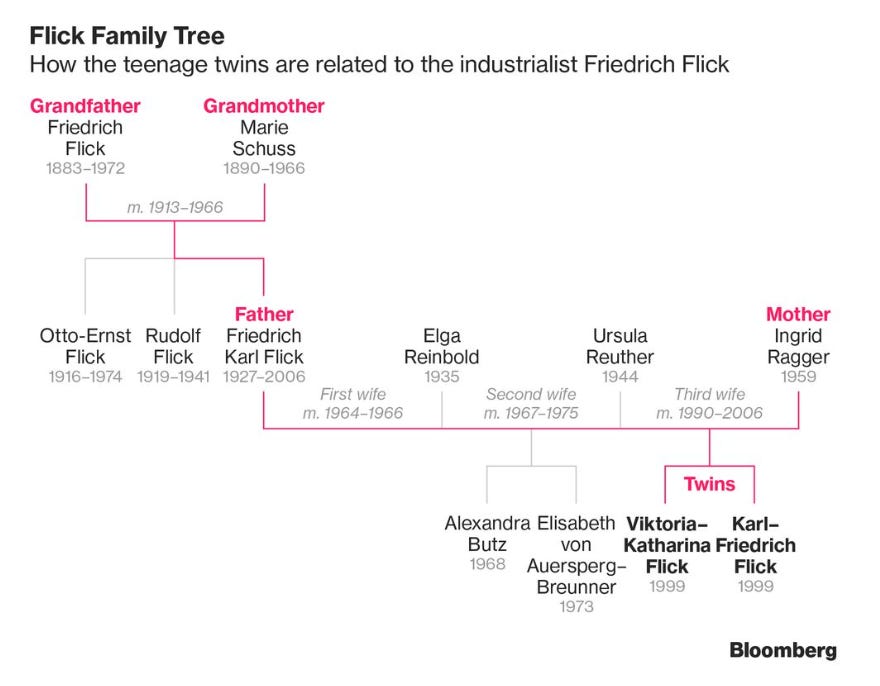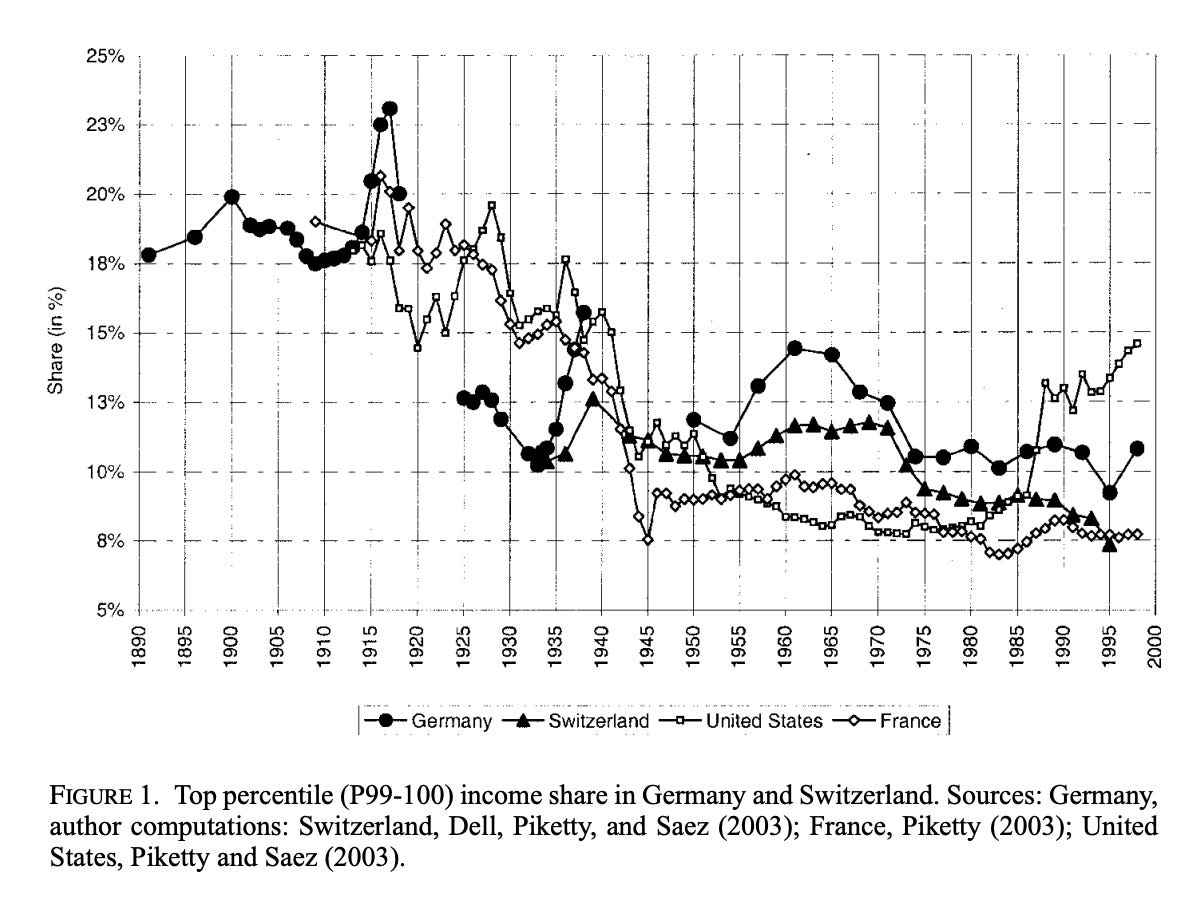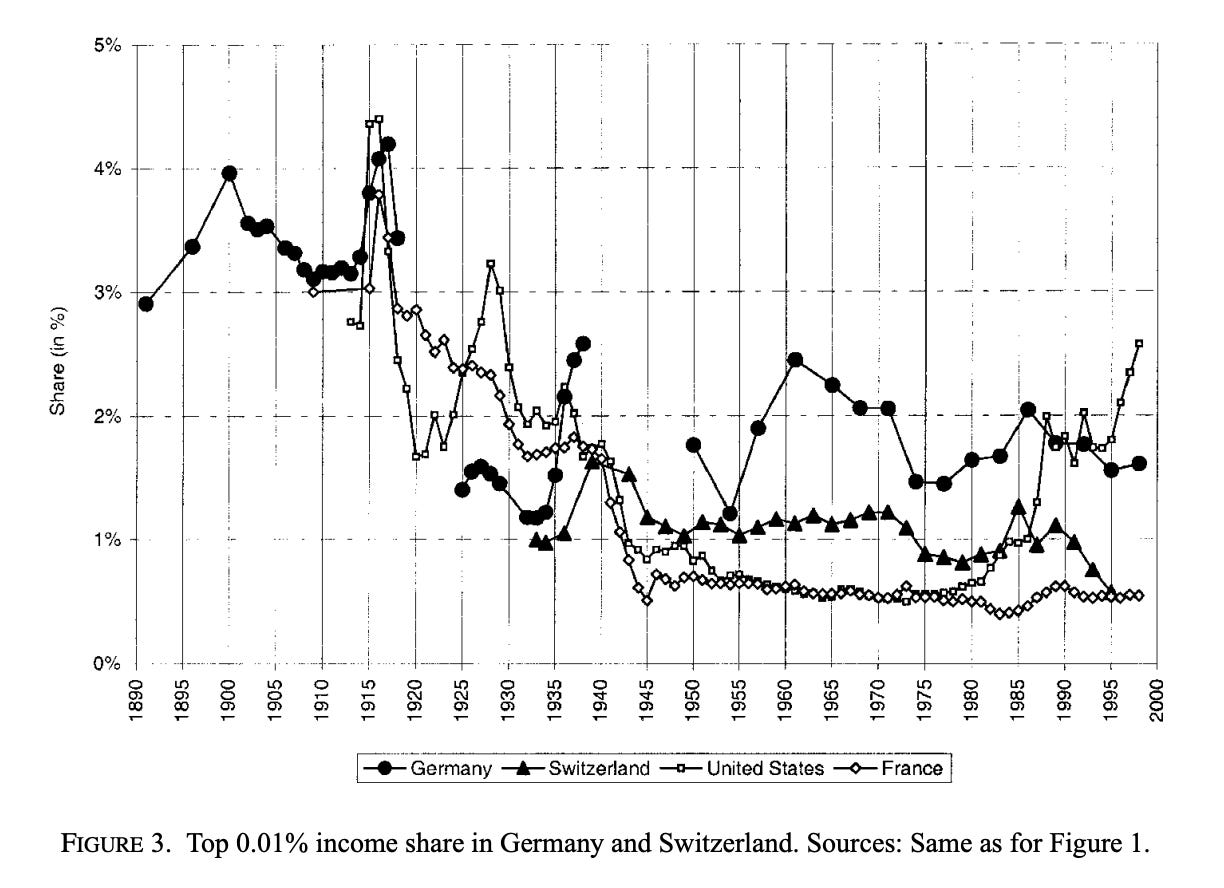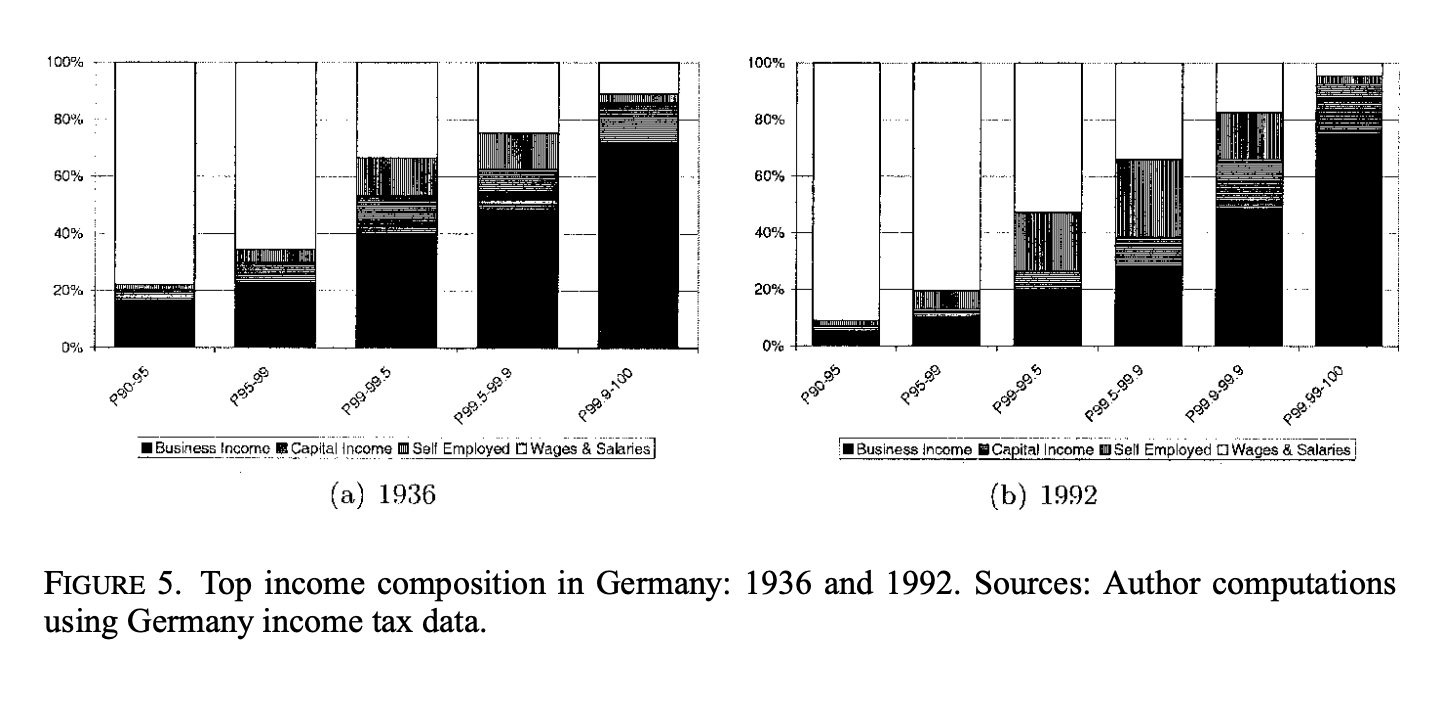Book review of Richard Cohen:
Making History: The Storytellers Who Shaped the Past
New York, Simon & Schuster, 2022
The People Who Decide What Becomes History
However fastidious they may be about facts, historians are engaged in storytelling, not science.
By Louis Menand
Chronicles of the past reflect the perspectives, agendas, and quirks of their authors.
“It was at Rome, on the 15th of October 1764, as I sat musing amidst the ruins of the Capitol, while the barefooted friars were singing vespers in the Temple of Jupiter, that the idea of writing the decline and fall of the city first started to my mind.”
The passage is from Gibbon’s autobiography, and it has been quoted many times, because it seems to distill the six volumes of Gibbon’s famous book into an image: friars singing in the ruins of the civilization that their religion destroyed. And maybe we can picture, as in a Piranesi etching, the young Englishman (Gibbon was twenty-seven) perched on the steps of the ancient temple, contemplating the story of how Christianity plunged a continent into a thousand years of superstition and fanaticism, and determining to make that story the basis for a work that would become one of the literary monuments of the Enlightenment.
Does it undermine the gravitas of the moment to know that, as Richard Cohen tells us in his supremely entertaining Making History: The Storytellers Who Shaped the Past (Simon & Schuster), Gibbon was obese, stood about four feet eight inches tall, and had ginger hair that he wore curled on the side of his head and tied at the back—that he was, in Virginia Woolf’s words, “enormously top-heavy, precariously balanced upon little feet upon which he spun round with astonishing alacrity”? Does it matter that Gibbon’s contemporaries called him Monsieur Pomme de Terre, that James Boswell described him as “an ugly, affected, disgusting fellow,” and that he suffered from, in addition to gout, a distended scrotum caused by a painful swelling in his left testicle, which had to be regularly drained of fluid, sometimes as much as three or four quarts? And that when, late in life, he made a formal proposal of marriage, the woman he addressed burst out laughing, then had to summon two servants to help him get off his knees and back on his feet?
Cohen thinks that it should matter, that we cannot read The Decline and Fall of the Roman Empire properly unless we know the person who wrote it, scrotal affliction and all. Gibbon would not, in theory, at any rate, have disagreed. “Every man of genius who writes history,” he maintained, “infuses into it, perhaps unconsciously, the character of his own spirit. His characters . . . seem to have only one manner of thinking and feeling, and that is the manner of the author.” When we listen to a tale, we need to take into account the teller.
Making History is a survey—a monster survey—of historians from Herodotus (the father of lies, in Plutarch’s description) to Henry Louis Gates, Jr., sketching their backgrounds and personalities, summarizing their output, and identifying their agendas. Cohen’s coverage is epic. He writes about ancient historians, Islamic historians, Black historians, and women historians, from the first-century Chinese historian Ban Zhao to the Cambridge classicist Mary Beard. He discusses Japanese and Soviet revisionists who erased purged officials and wartime atrocities from their nations’ authorized histories, and analyzes visual works like the Bayeux Tapestry, which he calls “the best record of its time, pictorial or otherwise,” and Mathew Brady’s photographs of Civil War battlefields. (“In effect,” he concludes, “they were frauds.”)
He covers academic historians, including Leopold von Ranke, the nineteenth-century founder of scientific history; the Annales school, in France; and the British rivals Hugh Trevor-Roper and A. J. P. Taylor. He considers authors of historical fiction, including Shakespeare, Walter Scott, Dickens, Tolstoy, Toni Morrison, and Hilary Mantel. He writes about journalists; television documentarians (he thinks Ken Burns’s “most effective documentaries rank with many of the best works of written history from the last fifty years”); and popular historians, like Winston Churchill, whose history of the Second World War made him millions, even though it was researched and partially written by persons other than Winston Churchill.
Cohen is English, and was the director of two London publishing houses, biographical facts that, to apply his own test, might account for (a) his willingness to treat journalism, historical fiction, and television documentaries on a par with the work of professional scholars, since, as a publisher, he is interested in work that has an audience and an influence, and (b) the Anglocentrism of his choices. American readers may feel that writers from the United Kingdom are overrepresented, although that list does include historians whose careers were spent largely in American universities, such as Simon Schama, Tony Judt, and Niall Ferguson. But Making History is a book, not an encyclopedia, and whatever Cohen writes about he writes about with brio. As the song goes, “If you want any more, you can sing it yourself.”
A very good thing about Making History is that, despite the book’s premise, it is not reductive or debunking. Except when Cohen is discussing writers like the nationalist revisionists, whose bias is blatant and who aim to deceive, and some Islamic historians, who he thinks are dogmatic and intolerant, he tries to present a balanced case and allow readers to make their own judgments. The message is not “They’re all untrustworthy.” It’s that bias in history-making is as inevitable as point of view. You cannot not have it.
One area where Cohen may not have achieved an ideal degree of detachment is Marxism, which he handles with bristly animosity and whose principles he misrepresents by confusing Marxism with Stalinism. He accuses Marx of failing to foresee the rise of fascism and the welfare state, which is ridiculous. Who did foresee those things in 1848?
There is a cost to this animus, since Marxist thought played a big role in the work of twentieth-century historians, particularly in the United Kingdom. Still, even here, Cohen tries to be catholic. He plainly feels affection for the British historian Eric Hobsbawm, who joined the Communist Party in 1936 (bad enough) and remained a member for fifty-five years (surreal).
Making History is a loaf with plenty of raisins. We learn (or I learned, anyway) that Vladimir Putin’s grandfather was Lenin’s and Stalin’s cook, that Napoleon was about average in height, that Ken Burns is a descendant of the poet Robert Burns, and that when the Marxist critic György Lukács was arrested following the outbreak of the Hungarian Revolution and was asked if he was carrying a weapon, he handed over his pen. (That anecdote is a little neat. I had to take it with a grain of salt—but I took it.)
He is not sloppy, exactly, but he can be a bit breezy. Cornel West was not the director of the African and African American Studies program at Harvard, and Jill Lepore does not come from “a privileged family.” And there are (inevitably) assertions one could quarrel with. Cohen thinks, for example, that “oral history is no more prone to making things up or changing the past to suit the present than is written history.” This has not been my experience. You always have to fact-check what people say, not because they lie deliberately (although Andy Warhol lied in pretty much every interview he ever gave) but simply because we don’t remember things accurately. It’s like when you’re searching for a picture in your photo library: “I was sure it was in 2008 that we visited the Grand Canyon!” But it was in 2009. Mistaken recollections of this sort are common in oral histories and interviews because people generally have no stake in getting dates right. Historians do, though.
Cohen likes journalistic histories, books written by reporters who were witnesses to some of the events they describe. (One omission here is William Shirer’s The Rise and Fall of the Third Reich, which, with its Gibbonesque title, won a National Book Award and sold a million hardcover copies.) He thinks that journalists, if they aspire to be objective, can get “pretty close to the truth.” But, he adds, “what one needs is time to judge that truth in the cold cast of thought.”
This is the traditional “first draft of history” definition of journalism, and part of the belief that our understanding of the past improves with time. I wonder if this is really true, though. Maybe we’re just smoothing the rough edges, losing some bits of what actually happened in order to get the story the way we want it. As history’s first responders, journalists may be more reliable because they are not usually working under the spell of a theory (though Shirer had one). They are describing what happened. Like any other historian, they are trying to produce a coherent narrative, but they don’t need to subsume every fact under a thesis. They also have a better sense of something that no subsequent student of the past can really know and that gets harder and harder to reconstruct: what it felt like.
It’s striking how often this concept—“what it felt like”—turns up in “Making History” as the true goal of historical reconstruction. “The historian will tell you what happened,” E. L. Doctorow said. “The novelist will tell you what it felt like.” Cohen quotes Hilary Mantel: “If we want added value—to imagine not just how the past was, but what it felt like, from the inside—we pick up a novel.”
We expect novelists to make this claim. They can describe what is going on in characters’ heads and what characters are feeling, which historians mostly cannot, or should not, do. But historians want to capture what it felt like, too. For what they are doing is not all that different from what novelists are doing: they are trying to bring a vanished world to life on the page. Novelists are allowed to invent, and historians have to work with verifiable facts. They can’t make stuff up; that’s the one rule of the game. But they want to give readers a sense of what it was like to be alive at a certain time and place. That sense is not a fact, but it is what gives the facts meaning.
This is what G. R. Elton, the historian of Tudor England, seems to have meant when he described history as “imagination, controlled by learning and scholarship, learning and scholarship rendered meaningful by imagination.” A German term for this (which Cohen misattributes to Ranke) is Einfühlungsvermögen, which Cohen defines as “the capacity for adapting the spirit of the age whose history one is writing and of entering into the very being of historical personages, no matter how remote.” A simpler translation would be “empathy.” It’s in short supply today. We live in a judgy age, and judgments are quick. But what would it mean to empathize with a slave trader? Is understanding a form of excusing?
History writing is based on the faith that events, despite appearances, don’t happen higgledy-piggledy—that although individuals can act irrationally, change can be explained rationally. As Cohen says, Gibbon thought that, as philosophy was the search for first principles, history was the search for the principle of movement. Many Western historians, even “scientific” historians, like Ranke, assumed that the past has a providential design. Ranke spoke of “the hand of God” behind historical events.
Marxist historians, like Hobsbawm, believe in a law of historical development. Some writers of history, such as those in the Annales school, think that political events do happen pretty much higgledy-piggledy (which is why they are notoriously difficult to predict, although commentators somehow make a living doing just that), but that there are regularities beneath the surface chaos—cycles, rhythms, the longue durée.
Still, history is not a science. Essentially, as A. J. P. Taylor said, it is “simply a form of story-telling.” It’s storytelling with facts. And the facts do not speak for themselves, and they are not just there for the taking. They are, as the English historian E. H. Carr put it, “like fish swimming about in a vast and sometimes inaccessible ocean; and what the historian catches will depend, partly on chance, but mainly on what part of the ocean he chooses to fish in and what tackle he chooses to use—these two factors being, of course, determined by the kind of fish he wants to catch. By and large, the historian will get the kind of facts he wants.”
It’s interpretation all the way down. The lesson to be drawn from this, I think, is that the historian should never rule anything out. Everything, from the ownership of the means of production to the color that people painted their toenails, is potentially relevant to our ability to make sense of the past. The Annales historians called this approach “total history.” But, even in total history, you catch some fish and let the others go. You try to get the facts you want.
And what do historians want the facts for? The implicit answer of Cohen’s book is that there are a thousand purposes—to indoctrinate, to entertain, to warn, to justify, to condemn. But the purpose is chosen because it matters personally to the historian, and it is, almost always, because it matters to the historian that the history that is produced matters to us. As Cohen says, it is a great irony of writing about the past that “any author is the prisoner of their character and circumstances yet often they are the making of him.”
What history never does is provide an impersonal and objective account of past events. As the anthropologist Claude Lévi-Strauss once put it (dismissively), all history is “history-for.” What did Gibbon write the Decline and Fall for? Cohen says it was to warn eighteenth-century Britain of mistakes that might threaten its empire, to prevent it from suffering the fate of Rome. In other words, Gibbon thought his story could be useful. He therefore needed to portray Roman civilization in ways that Britons could identify with, and Christianity in ways that suited the anticlerical prejudices of the Age of Reason. And what about the poor fellow’s body and its sad infirmities? Cohen thinks (as Woolf did) that his unattractiveness provided Gibbon with an impenetrable cloak of irony. He learned to keep his emotional expectations in check, and this made him a cool analyst of religious zeal.
Lévi-Strauss maintained that history in modern societies is like myth in pre-modern cultures. It’s the way we explain ourselves to ourselves. The decision about what we want that explanation to look like can begin with the simple act of picking the date we want the story to start. Is it 1603 or 1619? We choose one of those years, and events line up accordingly. People complain that this makes history ideological. But what else could it be? “The Decline and Fall of the Roman Empire” is ideological through and through. No one thinks it’s not history. Certainly Gibbon never doubted it. “Shall I be accused of vanity,” he wrote in his will, “if I add that a monument is superfluous?”






